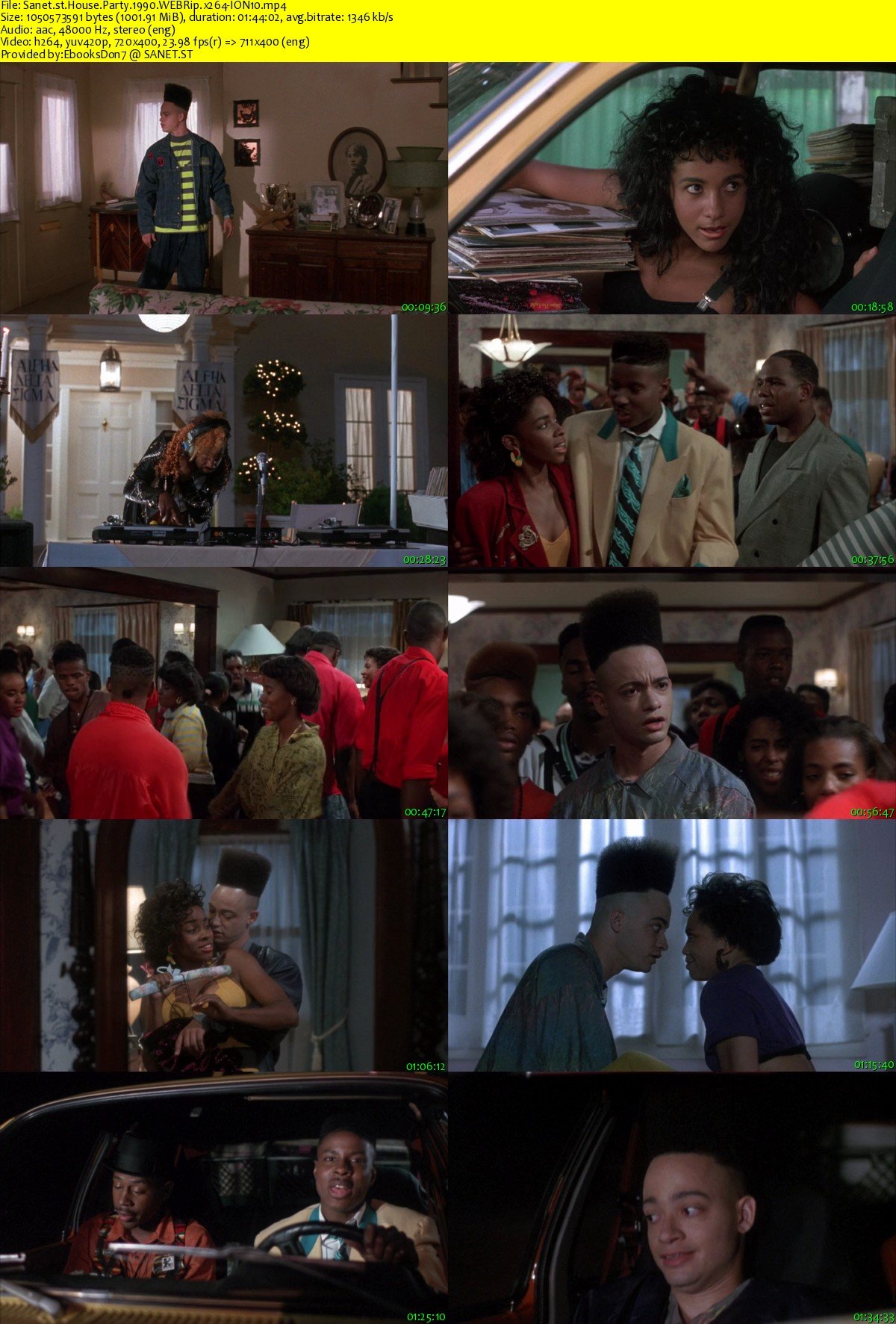Table Of Content

Determining how much home you can afford takes more than just plugging numbers into a loan calculator. You'll want to consider taxes, insurance, mortgage insurance, down payment, and more. If the home price and down payment percentages are known, use the calculator below to calculate an estimate for an amount needed in cash available for upfront costs. A good first step is to see if renting vs. buying makes more sense for your budget right now. If you’re early in your savings journey, it might be worth it to spend time socking some money away before you start your house hunt.
Find the best mortgage for your homebuying goals
Conventional loans are backed by private lenders, like a bank, rather than the federal government and often have strict requirements around credit score and debt-to-income ratios. If you have excellent credit with a 20% down payment, a conventional loan may be a great option, as it usually offers lower interest rates without private mortgage insurance (PMI). You can still obtain a conventional loan with less than a 20% down payment, but PMI will be required. 1 Client will be required to pay a 1% down payment, with the ability to pay a maximum of 3%, and Rocket Mortgage will cover an additional 2% of the client’s purchase price as a down payment, or $2,000. Offer valid on primary residence, conventional loan products only.
VA loan and USDA loan: Zero percent down payment
What Is Down Payment Assistance and How Do I Find It? - Money
What Is Down Payment Assistance and How Do I Find It?.
Posted: Thu, 21 Mar 2024 07:00:00 GMT [source]
Ideally, you’ll want to put down as much as you can comfortably afford to increase your approval odds, possibly avoid mortgage insurance and have a more affordable monthly mortgage payment. You generally need to put 20% down to avoid paying private mortgage insurance (PMI) on a conventional loan. PMI istypically a monthly fee that gets added to your monthly mortgage payment or is paid upfront by the lender in exchange for a slightly higher interest rate. A down payment on a house is the initial cash payment the buyer makes during a real estate transaction. The down payment represents a percentage of the total purchase price of the home. If you’re required to make a down payment, you might put down between 3 percent and 20 percent of the home’s purchase price, depending on your savings and what type of mortgage you’re getting.
Cons Of Putting 20% Down
A down payment shows lenders that you’re serious enough about home ownership to invest your own savings in the property. Your investment helps demonstrate that you think the property is a wise purchase and that you’re committed to paying the mortgage you’re asking for. No rational person will throw their savings at a property they think is worth less than the asking price or that they plan to abandon if times get tough. Homeowner's insurance is based on the home price, and is expressed as an annual premium. The calculator divides that total by 12 months to adjust your monthly mortgage payment. Average annual premiums usually cost less than 1% of the home price and protect your liability as the property owner and insure against hazards, loss, etc.
When you are preapproved for a mortgage, a lender determines the maximum loan amount you qualify for based on responses in your application. A pre-approval letter from the lender shows sellers that your financial information has been verified and you can afford a mortgage. Department of Agriculture (USDA) guarantee zero-down payment loans for qualified homebuyers.

If you put down less than this, you’ll have to pay PMI until your loan has reached 80% of the original home value or you’ve reached the halfway point of your repayment term. Sometimes you will still need to fund part of the down payment yourself, but you might only need to come up with 1% or 2% of the purchase price instead of 3% or more. If you got a mortgage for 100% of the purchase price, your down payment would be 0%.
Get a more accurate estimate

The larger your down payment, the less you’ll spend each month on your mortgage and the lower the income you'll need to qualify. Here are some payments and required incomes that you could be looking at for a $200,000 home based on a 10%, 15%, or 20% down payment. While some buyers in California may pursue down payment assistance programs if they qualify, others turn to family for help with their down payment and closing costs. Savings—Most home-buyers save up for their down payments by setting aside savings until they reach their desired target, whether it's 20% or 3.5%.
Explore mortgage options to fit your purchasing scenario and save money. Get pre-qualified by a lender to see an even more accurate estimate of your monthly mortgage payment. As housing costs soar, Gen Z and Millennial home buyers are turning to family for help with house down payments. Exactly how much you qualify for will depend on your individual circumstances, including credit score, current interest rates and how much you’ll have in savings after you buy a home. How much you ultimately will be approved for depends on several factors specific to your situation. Multiple mortgage brokers said they find lenders will generally approve you for conforming loans if your debt-to-income ratio doesn’t exceed 45%.
The best mortgage lenders will work with you to see which assistance programs you’re eligible for. You can also visit your state and local government housing agency departments for details. Participating national banks and credit unions may also offer first-time home buyer grants. Depending on the program, you can use the funds for various purposes, such as covering your down payment, closing costs or necessary improvements and repairs. If you’re living in a high-cost metro area, you may need a jumbo loan to afford a home.
As home prices rise, there is a growing trend of first time home buyers getting help from parents or other family members in the form of a gift. Many lenders allow gifting so long as a buyer’s financial situation justifies the loan during underwriting. Legal in 40 states, including California, commission rebates enable real estate brokers to provide a percentage of their commission back to new homeowners when they purchase a home.
In many cases, the down payment requirement is set by the entity backing the loan, which may be the FHA, Fannie Mae or the Department of Veterans Affairs (VA). On a Federal Housing Administration (FHA) loan, 10% down can be the difference between paying mortgage insurance for the life of your loan or for the first 11 years. Remember, your monthly house payment includes more than just repaying the amount you borrowed to purchase the home. The "principal" is the amount you borrowed and have to pay back (the loan itself), and the interest is the amount the lender charges for lending you the money. Young homebuyers are twice as likely to use family money for a down payment as they were five years ago, according to a new report from Redfin. In fact, 36% of Gen Zers and Millennials who plan to buy a home expect to receive support from family to help fund their down payment.

No comments:
Post a Comment